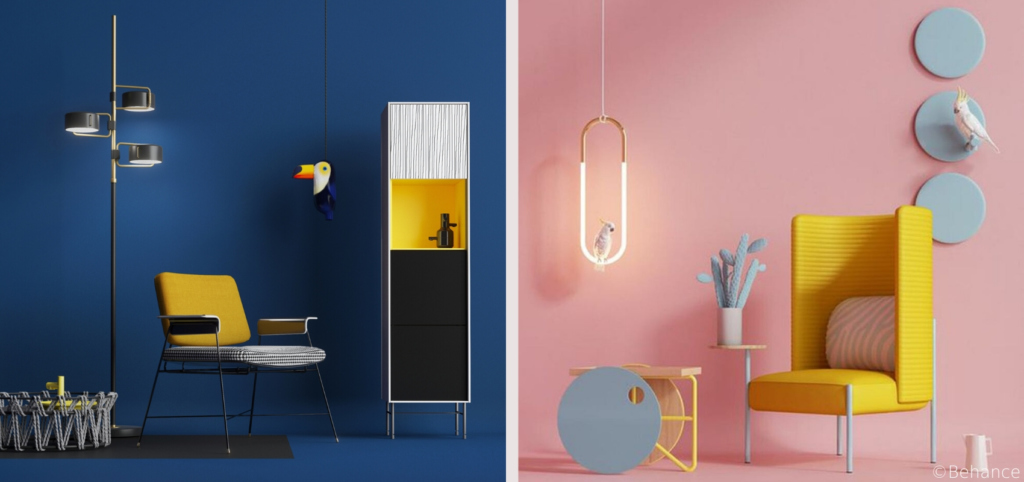The Role Of Colors In Interior Design
Color does not exist in real life. It is just the effect of electromagnetic waves registered by our brains and eyes. Yet it plays a very important role and we simply cannot imagine life without it. Color creates feelings and moods and it is owing to these features that designers and homeowners need to utilize it wisely in order to create an appropriate atmosphere in a given space. In this guide, we will study the psychological effects of color on the human mind and also tips to use color in interior design theory.
Understanding psychological effects of color in the home
Color is an element of light. Different colors create different moods in your home by communicating diverse feelings such as excitement, passion, serenity or mystery. By understanding color theory in interior design you can create just the right mood you are looking for. It is important t note that each color impacts on different people differently. Many factors can influence these including one’s age, race, culture as well as life experiences. However, people will always respond to color-no matter what. In general, following colors create following psychology effects in the home:
1. Psychological effects of color red in the home

Red is the color of fire, passion, danger and strength. This bold color stimulates and excites. It can be warm and inviting and can also make you feel energetic. Avoid using too much red as it can be over-stimulating in the home.
2. Psychological effects of Orange
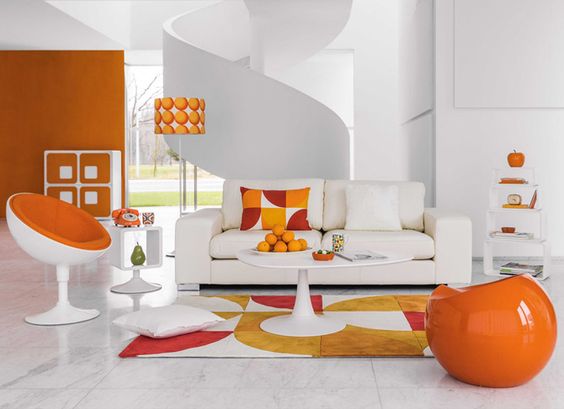
People who love red but are not too fond of its aggressive impact can replace it safely with orange. This fun, energetic color is ideal for kid’s room, dining room, office, and even the living room. It symbolizes courage and hospitality. It also makes you feel energetic, adventurous and friendly.
3. Psychological effects of Yellow
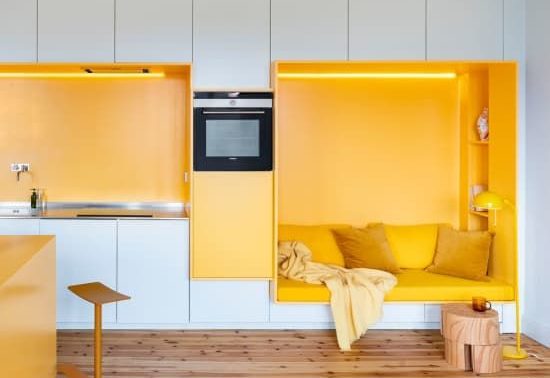
According to color psychology in interior design, yellow is the color of warmth, wisdom, prosperity, sympathy and cowardice. A room colored in yellow can look cheerful, friendly and airy. Avoid using it in large amounts as it can be over stimulating.
4. Psychological effects of Blue
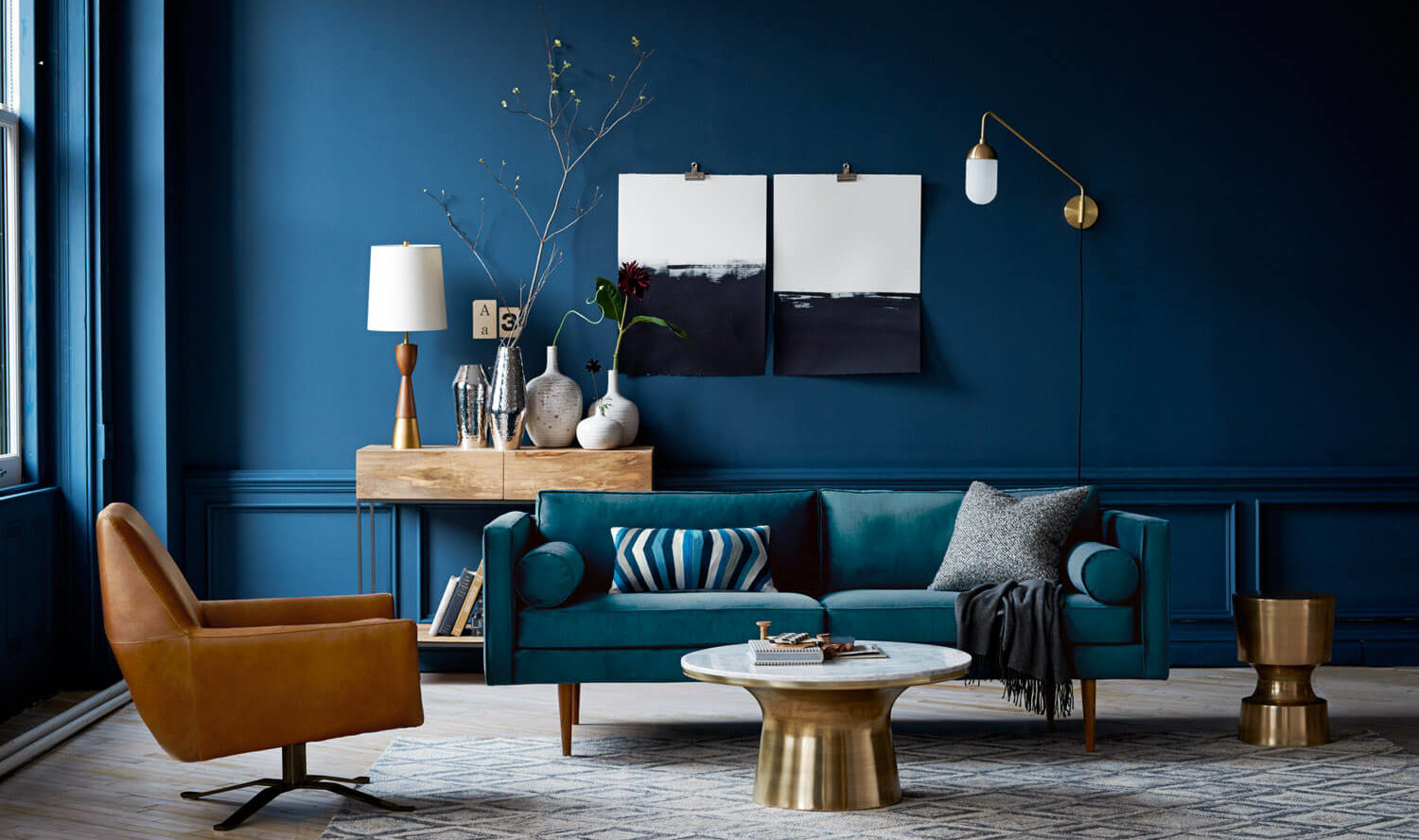
Blue is an important color in interior design theory and it affects the human mind profoundly. There is a reason why blue is the perfect color for bedrooms. It instills a sense of serenity and peace and can be a very soothing color. In bathrooms, it can be used for creating a spa like tranquil atmosphere. This cool, quiet and reserved color can also represent formality. It is best when paired with white or other lighter hues. Too much of blue can be depressing, so use it wisely.
5. Psychological effects of Green
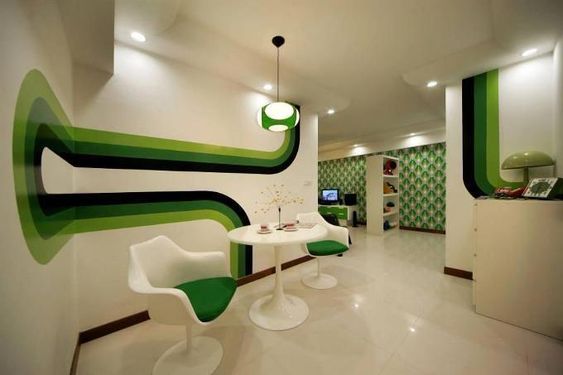
Green, as we very well know, is the color of nature. It also symbolizes hope, good luck and abundance. It is a cool friendly color that mixes well with many other colors. It looks great with white and can be used in living rooms, bedrooms and offices.
6. Psychological effects of purple
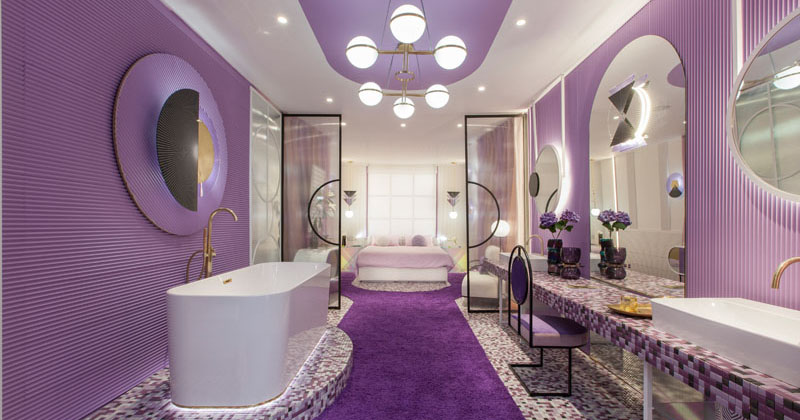
Purple works very well with other colors. You can pair it up with other jewel tones like emerald green or even with light, complementary hues like beige, yellow or baby pink. It is an ideal color in girl’s rooms. The psychological effects of purple in the home work to give the space a dignified and dramatic look. Purple, after all, is the color of royalty.
7. Psychological effects of black
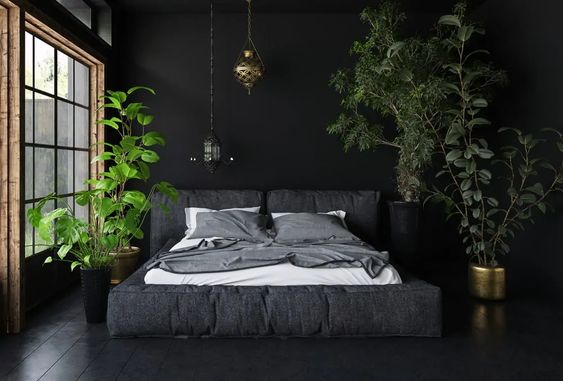
Black is associated with evil, mourning and death. However, it is also the color of wisdom. Black, in interior design theory, is always used in small amounts with contrasting, complementary colors. When used right, it can add depth and timeless elegance to a room. Avoid using black in large quantities as it can seem oppressive.
8. Psychological effects of white
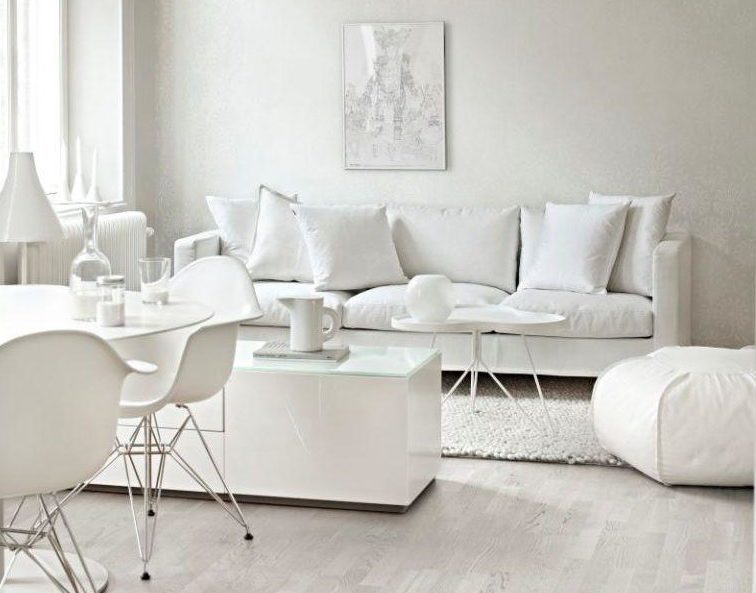
This fresh, peaceful color is used widely in interior design theory where it can instill feelings of youthfulness, faith and innocence. White can help smaller spaces appear large. It can also make rooms look livelier, fresher and crisper.
Choosing interior design colors based on their psychological impacts
It is clear that people tend to feel comfortable with those colors that reflect their personalities. For example, a bold, passionate person might feel happier in a red or orange colored room. However, a shy person may not feel comfortable in a red room but might feel better in rooms with soft blue or light green shades. The best thing interior designers can do when selecting colors for their client’s homes is use their preferences in individual sleeping areas and select those colors in common areas such as living room and kitchen, that can make all the members feel as comfortable as possible. No single choice will satisfy everyone but one must attempt to use those colors which help match the goals of all individuals.


